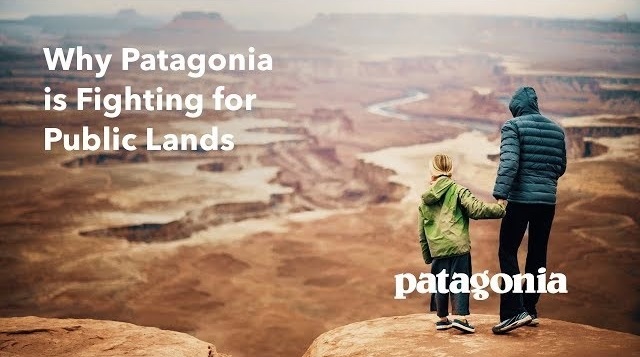Young hearts run free
The strong appeal of outdoor activities among millennials is creating significant opportunities for retailers and brands.
According to Sport England, 79% of UK 25-34 year olds are either active (participating in physical activity over 150 minutes each week) or fairly active (30-149 minutes a week). In addition, many millennial consumers have a thirst for travel, with increasing demand for experiences over possessions and a need to spend wisely following the testing economic climate that has accompanied their formative years.
These trends in millennial behaviour are resulting in greater appeal for outdoor equipment; but to succeed with this group of young consumers, outdoor brands must adapt their product ranges, channels and marketing appropriately.
Product
Brands must be aware, in both product development and in marketing, that younger customers want to get value from high-quality, versatile pieces that can perform a variety of functions (e.g. to commute, to hike or wear at a festival). Oregon-based brand Poler is a great example of a company that has embraced this philosophy, by producing “stuff for the roamers and seekers, gear that is both fun and functional and suited for everyday use in the city as well as your next trip into the wild.”
Whilst product characteristics play an important role in appealing to a millennial shopper, for a brand to make the transition into mainstream fashion, it requires a change in consumer perception. Rapper, Drake, has been photographed wearing jackets from brands such as Patagonia and North Face, both of whom have invested heavily in partnerships and collaborations over a number of years prior to being in vogue. Alternatively, just as the Kånken backpack catapulted Fjällräven into mainstream consciousness, a single product that strikes a chord with mass-market consumers can shortcut this process.
Channel
Although the digitally native young consumer, more than any other, uses online channels for research and purchase, the physical store remains vital to touch and feel items. This product engagement is particularly important for outdoor brands, as millennials look to invest in fundamentally functional products which cut across activities and occasions. Successful outdoor brands are also creating store environments that go beyond traditional product merchandising, to draw in and engage young consumers.
Yeti, a US coolbox brand, opened its first bricks and mortar store in Texas in 2017, featuring a bar, events spaces and interactive experiences. This space is openly focused on growing the brand rather than growing transactions. US-based apparel brand,Woolrich, opened a store in Milan in 2018 featuring an Extreme Weather Room for customers to try out its trademark parkas in freezing conditions.
Promotion
Brands wishing to appeal to a mass-market shopper must ensure that they inspire and tell the story of the brand rather than exclusively focusing on technical specifications (which are often difficult to differentiate). Millennial consumers can be put off by brands that engage with them as though they only want to scale mountains, as the outdoors is considered more of a playground and backdrop for sharing time and Instagram pictures, than a rugged wilderness to be conquered.
A focus on the emotional values that resonate with this demographic will ensure that brand communications strike the right balance between what the brand stands for and what its products offer. Brands should also build authenticity and communicate with young customers through actions rather than marketing campaigns. For example, Patagonia’s public battle to defend national parks against President Trump (see picture above) resonated with its young customers.
Incumbent brands such as Patagonia have proved that it is possible to adapt to millennial needs in the outdoor market, but we envisage more and more disruptor brands entering the market in the future, built on an ethos of product versatility and emotional engagement.
Jessica Williams

